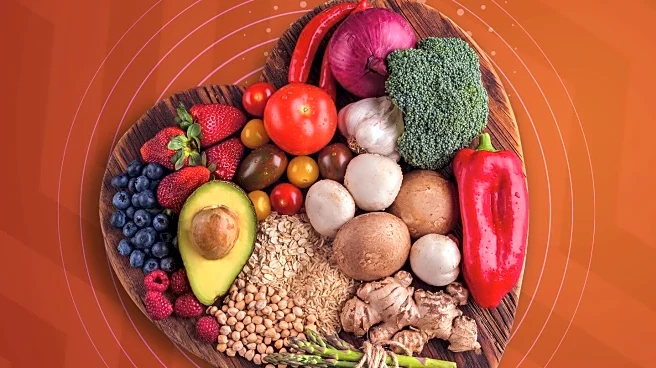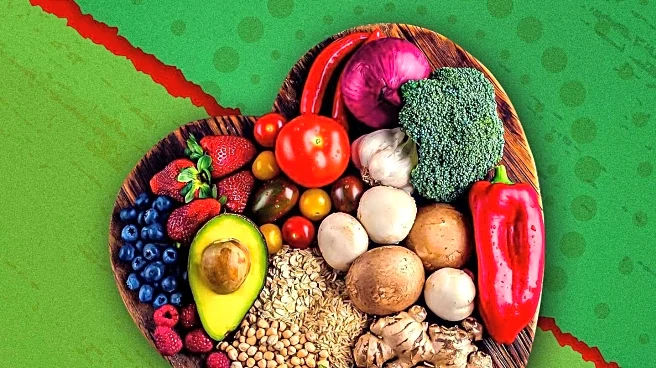What's Happening?
Microplastics, tiny plastic particles, are prevalent in various kitchen items, posing potential health risks. A study highlighted the presence of microplastics in nonstick cookware, plastic food containers, utensils, tea bags, spices, straws, and canned food linings. These particles can be ingested, inhaled, or absorbed through touch, leading to health issues such as inflammation, cell death, and increased risk of heart attacks and strokes. The study found that microplastics are released from these items during cooking or when exposed to high temperatures, contributing to their accumulation in the human body.
Why It's Important?
The widespread presence of microplastics in kitchen items is concerning due to their potential health impacts. Microplastics have been linked to serious health issues, including cardiovascular problems and organ damage. The study underscores the need for consumers to be aware of the materials used in their kitchen and consider alternatives to reduce exposure. This research may drive changes in consumer behavior and increase demand for safer, non-plastic kitchen products, potentially influencing industry practices and regulatory standards.
What's Next?
Consumers are encouraged to switch to alternatives such as stainless steel or glass containers, wooden utensils, and loose tea leaves to minimize microplastic exposure. As awareness grows, there may be increased advocacy for stricter regulations on plastic use in kitchen products. Manufacturers might face pressure to innovate and offer safer alternatives, while policymakers could consider implementing guidelines to reduce microplastic contamination.











